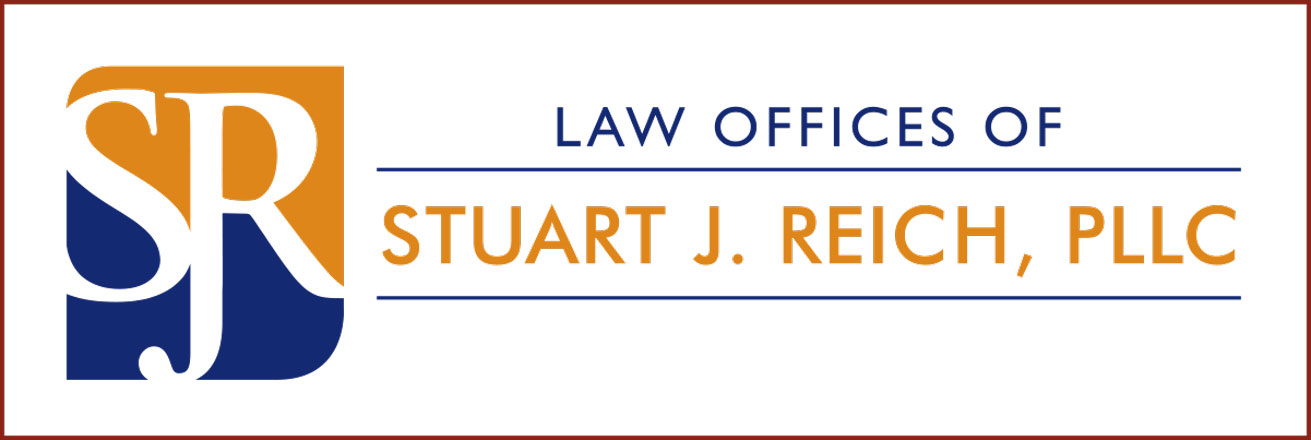11 Broadway, Suite 615 New York, NY 10004
Not exactly.
The legal obligations of the employer under labor certification are in many areas similar to those for an H-1B, but they aren’t identical. There are two important respects in which labor certification obligations are more significant than for the H-1B.
The first way involves the structure of the relationship between employer-sponsor, foreign national-beneficiary, and attorney. Under the Department of Labor regulations, all expenses connected with the PERM labor certification case must be paid by the employer. This includes not only the legal fees attributable to the PERM labor certification case, but also the costs of advertising. The foreign national is still permitted to pay legal fees and costs associated with the later, USCIS-based stages of the permanent residence process. In addition to the prohibition on payment of PERM process expenses, the foreign national-beneficiary is for the most part prevented from any involvement in the PERM process (especially the actual recruitment process).
The other way in which employer responsibilities for the labor certification are different than for the H-1B involves what the employer is actually promising to the government in connection with the case. Instead of just representing that notice of the intent to hire a foreign national worker has been given to the workforce through posting or informing a union representative as for an H-1B, for labor certification the employer must represent that it has actively searched for qualified and available U.S. workers through a very specific and highly regimented recruitment process – and that none could be found.
As with the H-1B, there is a timing requirement for the foreign national employee to be brought on board. The requirement applies at final approval of permanent residence (not the labor certification), and theoretically there is no “grace period” such as the one for the H-1B visa – the employee must be brought on board immediately upon approval of permanent residence.
Also similar is the requirement that a certain wage level be met – prevailing wage in the labor certification context , as determined by reference to a formal Prevailing Wage Determination based upon a Department of Labor survey (contrast this with the H-1B “Required Wage” mandate that the higher of Prevailing Wage – determined by this same DOL survey/determination or private survey – or the Actual Wage being paid to other employees doing similar jobs with similar credentials be paid).
Recall, however, that in the context of labor certification prevailing wage must be paid at the time permanent residence is approved and the foreign national begins work in the permanent position. So, the prevailing wage required for the application can be accurately and truthfully promised even though it may not actually need to be paid to the employee for several years in some cases.
